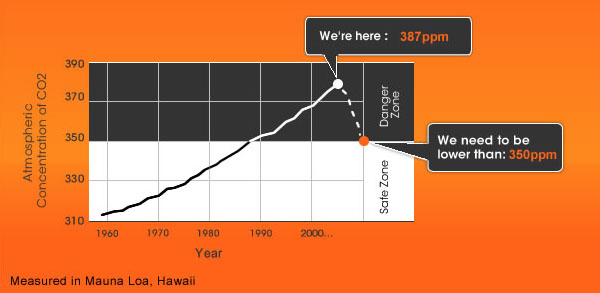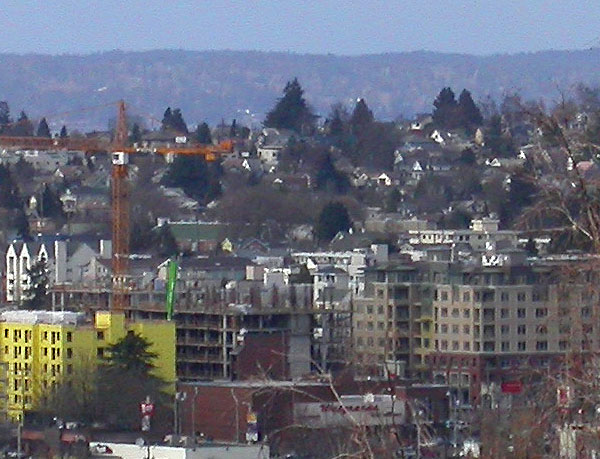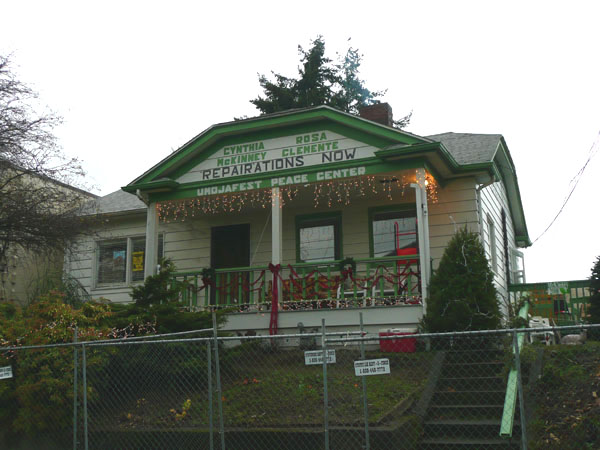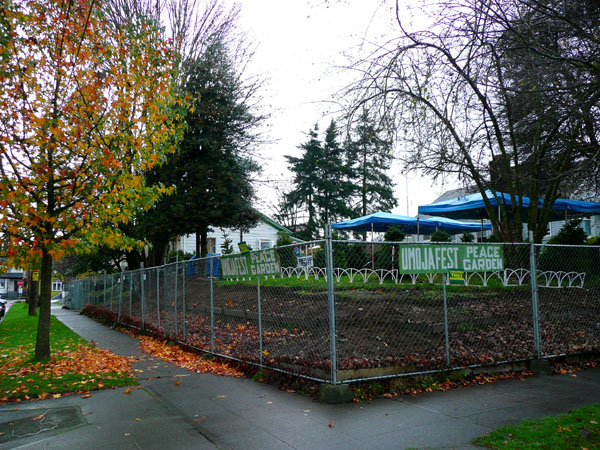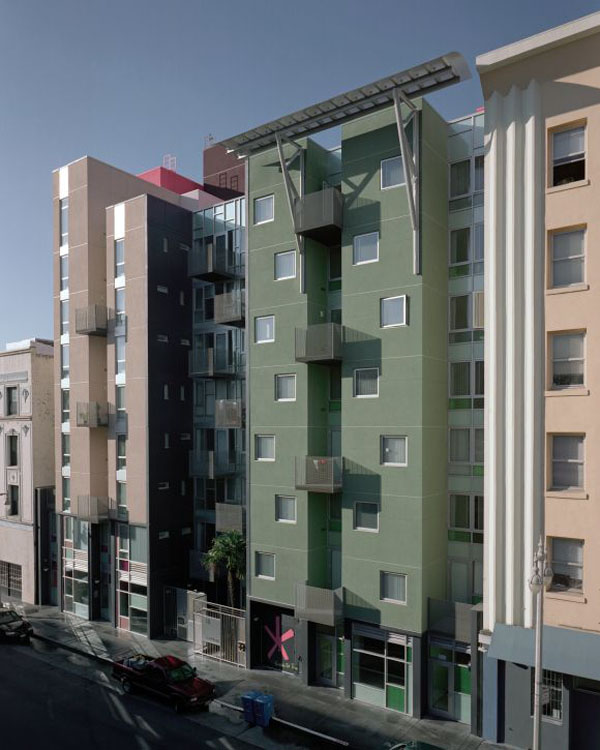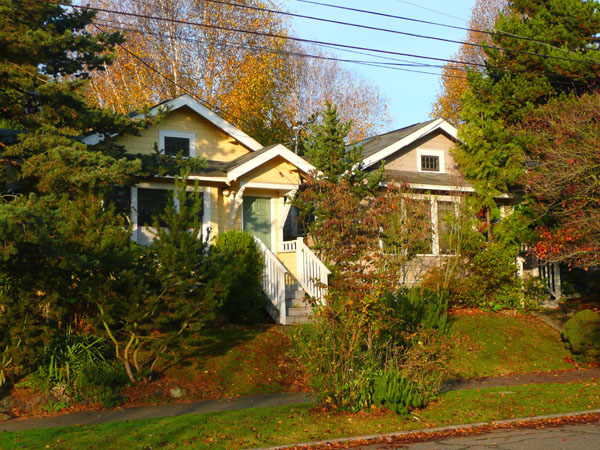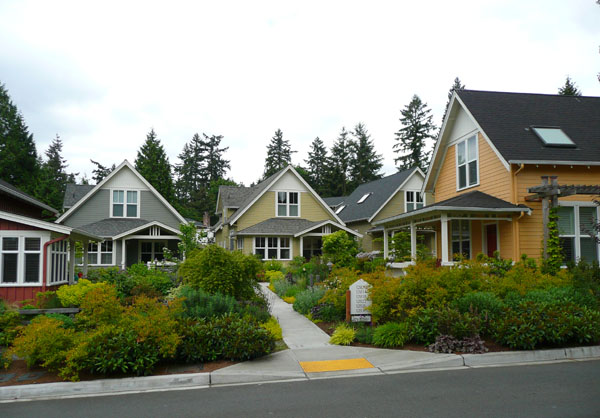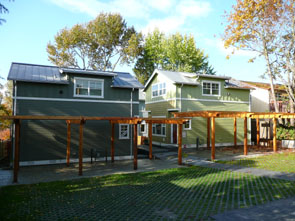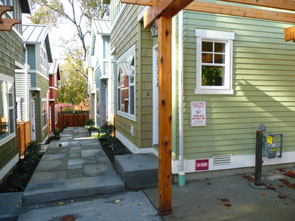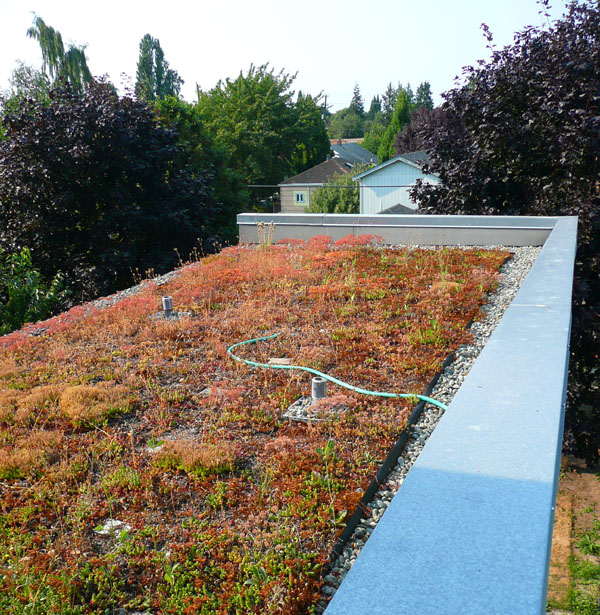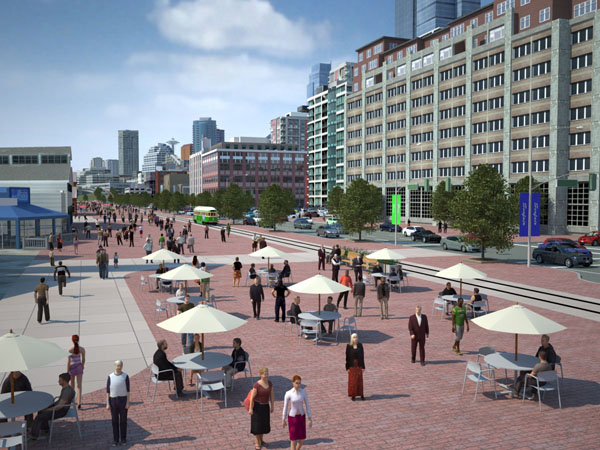
[ Clarence Perry’s conceptual plan for a “neighborhood unit,” published in 1929 ]
As currently exemplified by the Seattle School District’s latest closure plans, pretty much nothing enrages parents more than a threat to their neighborhood school. And though some part of that sentiment may be raw parental instinct, the powerful unifying role that schools can play in city neighborhoods has long been recognized.
In the 1920s, urban planner Clarence Perry developed a influential prototypical plan for the “neighborhood unit,” organized around the elementary school, shown above. The design put the school at the neighborhood center, such that most children would have less than a 5-minute, quarter-mile walk to the school and wouldn’t have to cross a major street.
Though much has changed in 80 years, today the Perry neighborhood unit is still a relevant model, particularly in light of our current need to wean ourselves from car-dependence. For one thing, the target population for Perry’s 160-acre neighborhood was about 6000 people, equivalent to a density of 38 per acre. That’s more than three times Seattle’s average population density of 11 people per acre, and well into the levels of density for which transit becomes efficient.
One key demographic change that has occurred over the past several decades is that the fraction of children in the general population has declined significanltly. In addition, about 30% of Seattle’s children attend private school. Consequently, enrollment in public schools has dropped to about 45,000 today, from its peak of 99,000 in 1962.
The combination of fewer kids and lower population density presents a challenge to the realization of the Perry neighborhood ideal, because it means that a central school has to draw from a larger area, which increases the average walking distance. Fortunately, density in Seattle is trending up, and will continue to do so for the foreseeable future. And furthermore, walking distances longer than a quarter-mile are not unreasonable, as our own history shows. During the first half of the last century, Seattle built elementary schools throughout its predominantly low-density, single-family neighborhoods, kids attended their neighborhood school, and most walked.
In the 1970s, all that changed when race-based busing scattered school kids across the city. After busing ended in the mid-nineties the schools adopted a choice system, which in some cases has encouraged neighborhoods to rally around their schools, but there is still a large percentage of children attending schools far from home — in 2003, about 45 percent rode a bus to school.
The primary reason for this game of scholastic musical chairs is lack of equity across Seattle. Schools in wealthier parts of the City tend to be more desirable, and the net result is a migration of students from south to north (with a few exceptions here and there). So here we see yet another example of how income inequality negatively impacts sustainability in multiple, interrelated ways: kids are less healthy because they don’t walk to school; we waste time and burn more fossil fuels carting them all over town; and a source of social cohesion is compromised.
Since the cultural roots of social inequity are so deep, the City’s best shot at compensating for imbalances in the schools is targeted funding, such that schools in low-income neighborhoods are allocated augmented budgets. So then these schools would start to look more attractive to neighborhood families when the schools have the means to, say, hire more teachers and reduce class size, or provide better after school programs.
Reviving the neighborhood school in Seattle also demands that the District to be very careful about school closure plans driven by short-sighted budget-cutting goals. The TT Minor School, ideally located between Capitol Hill and the Central District, is a perfect example of a school on the current closure list that has great potential to become a quintessential neighborhood school.
The powers that be in Seattle like to talk the talk about creating a city that works for families with children, and it’s no secret that good public schools are the critical ingredient. Those same folks also hope to lead Seattle and the region towards a more sustainable future, and the neighborhood school has much to contribute to that end.
Yes, it will cost more money. But what could possibly be a better investment?



